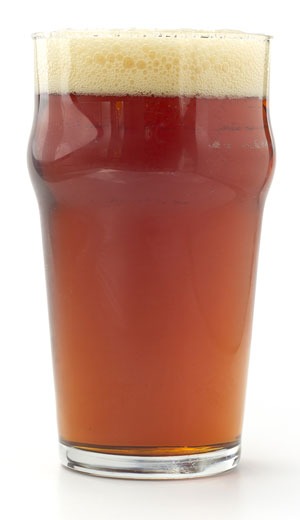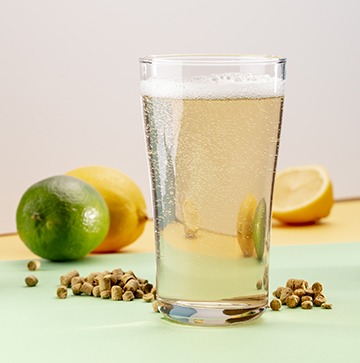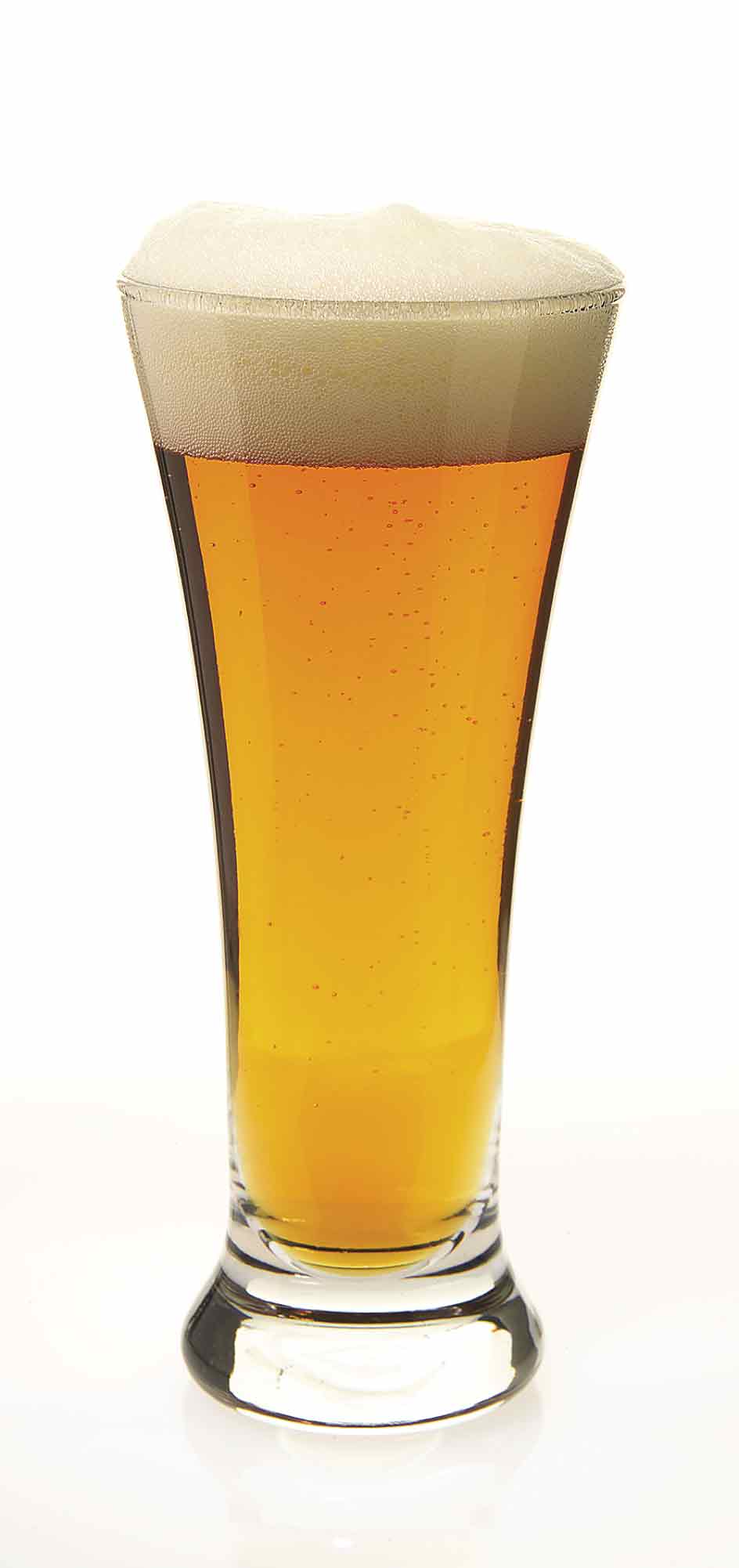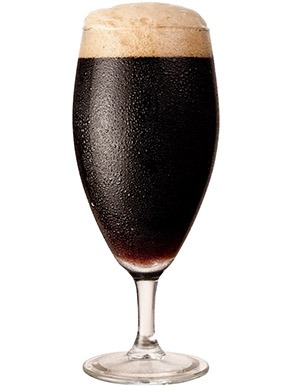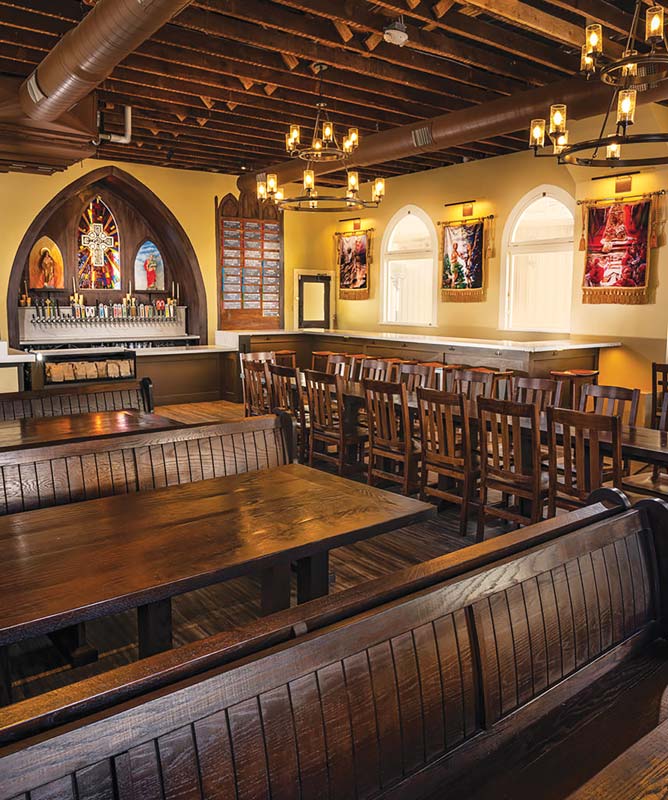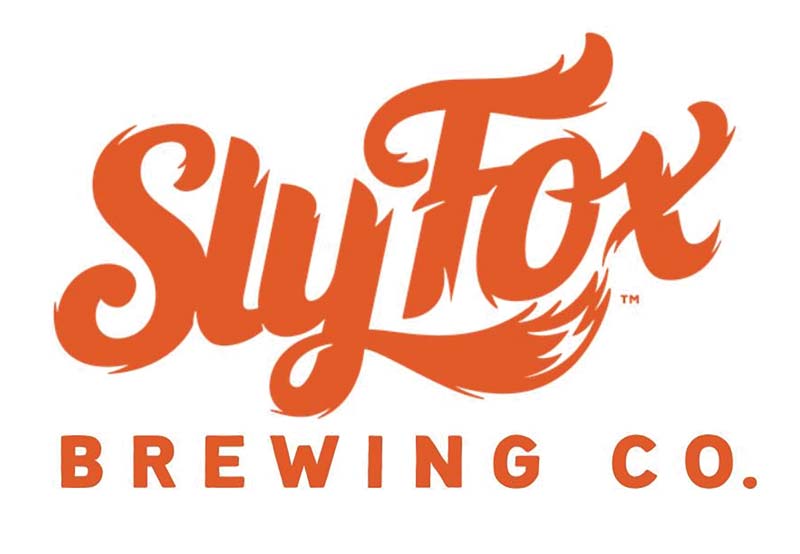September 2023
Article
Understanding Mash Thickness
Your liquor-to-grist ratio impacts mash enzyme stability, wort fermentability, first wort gravity and volume, sparge water requirements, decoction and step mashes, and much more. Learn more about this often overlooked aspect of all-grain brewing.
Article
Alternative Mashing Techniques
Explore three historical mashing methods from different regions — parti-gyle (England), step mashing (Germany), and decoction mashing (Czech Republic) — and learn how they may benefit your own homebrews.
Recipe
Double-Decocted Czech Dark Lager
This beer is in the style of U Fleků, the best-known Czech example of this style, and uses the mash schedule from that brewery. It is a little different from the common schedules that I use. When pulling decoctions, take about 1⁄3 of the thick part of the mash to heat in your decoction kettle. Maintain the main mash at the current rest temperature until the decoction is finished. The recipe uses a slow, traditional lagering schedule.
Recipe
Step-Mashed Kölsch
It is possible to produce a Kölsch in less time, but Kölsch yeast is notoriously difficult to clear because it is a powdery yeast. Giving it sufficient classic lagering time does help it clear, and it also helps reduce some of the sulfur notes produced by the yeast. Kettle finings or post-fermentation clearing agents (even mechanical filtration) is recommended if the beer isn’t fully clear. Kölsch should be a brilliantly clear beer, so please pay attention to this important part of the style.
Recipe
Parti-Gyled English Pale Ale and Light Mild
Create two recipes, but use the same grist for both. For the second batch, change the brewhouse efficiency setting to one half the first recipe (in this case, 65% and 32%). Each recipe has different sugars, hops, and yeast. But read the recipe — these beers are blended before they are fermented! You will likely have to adjust this recipe after brewing to use your system efficiencies based on your sparge techniques.
Article
Hop Water
Hop water is the perfect beverage for those times where you can’t drink alcohol but still need your hop fix. Learn the secrets to brewing a great hop water with basic ingredients and equipment homebrewers are sure to have on hand.
Recipe
Hop Water Recipe
A refreshing hop water that uses brewing yeast to maximizes flavors through the process of biotransformation.
Article
American Beer, as it Was
Recently rediscovered brewing journals from a large Connecticut brewery dating back more than a century can teach us a lot about how beer was produced. Get an inside look at the journals and some of the popular recipes of the pre-Prohibition time.
Recipe
Home Pale Lager (1915)
Home Brewing Co.’s Assistant Brew Master Alphonse Gosch gives no information as to whether this beer was lagered at low temperature. He does say the beer was racked to casks after eleven days, which suggests it was not further processed.
Recipe
Home Pale Ale (1913)
Home Pale Ale (1913) (5 gallons/19 L, all-grain)OG =1.049 FG = 1.009 IBU = 24 SRM = 3 ABV = 5.2% There is very little difference between the historic Home Brewing Co.’s Pale
Recipe
Home Golden Age Ale (1910)
Home Golden Age Ale (1910) (5 gallons/19 L, all grain)OG = 1.082 FG = 1.015IBU = 80 SRM = 5 ABV = 8.8% This is by far the Home Brewing Co.’s biggest
Recipe
Home ULIA Porter (1904)
This was a one-off brew that may look to have been a little harsh due to the quite high proportion of black malt and the low level of pale malt, but it proved to be a very nice brown porter when I reproduced it. My research has not turned up the meaning of “ULIA.”
Article
Taproom Design
The design of your taproom can be a crucial element of how your business will operate in the long run. Architect Dustin Hauck provides insight for breweries-in-planning on some of the key components.
Project
Mega-Starter
When a homebrewer ups the volume of beer they’re brewing each batch, they find a glass ceiling in terms of the yeast starter size they can place on their magnetic stirrer. This brewer decided to break through it with a mega-starter.
Article
Averting Disaster
Nothing can ruin a homebrewer’s day faster than finding that they ruined a batch of their beer. Learn from others’ mistakes and ensure success with your next brew by reading these thoughtful ideas.
Article
Weizenbock
While our understanding and categorization of the German wheat beer family has evolved over the years, the acknowledgement of a strong wheat beer called weizenbock has been relatively static. Maybe that is because the prototypical weizenbock, Schneider Aventinus, is truly a world-class beer that is widely available and is well-known.
Recipe
Gordon Strong’s Weizenbock
Weizenbocks will use malted wheat for at least half the grist, but there are many kinds that can be used depending on the desired color of the beer.
Mr. Wizard
Heating Up A Fermenter
It’s always exciting to see questions coming in from around the world and realizing how homebrewing communication has truly become global. I assume that you have your chest freezer located somewhere without
Mr. Wizard
Dry Yeast Advancements
This is a great example of an advancement in the brewing world that has a real effect on the way home and commercial brewers go about brewing. When I was a young
Mr. Wizard
Alternate Decoction Mash Purpose
Thanks for the fun question, David! I want to begin with a bit of housekeeping. I was able to find an article on the Food & Wine website from June 22, 2017
Recipe
Sly Fox Brewing Co.’s Morning Brew Coffee Blonde clone
The blonde ale itself was made with a simple malt bill and low bitterness — a little lower on the bitterness scale than normal since the coffee, even though it was cold-brewed, would still add some sharpness.
Article
Dry Yeast Advancements, Alternate Decoction Mash Purpose, and Heating a Fermenter
For decades dry yeast manufacturers have recommended brewers rehydrate their yeast prior to pitching, but that advice has changed recently. The Wizard explains why. Also, learn why a brewery may use decoction mashing to produce a light beer and ways to heat up a fermenter.
Article
Sly Fox Brewing Co.
Coffee beers are commonly associated with stouts and porters, but they don’t have to be. A reader sends the Replicator on the mission to track down a recipe for Sly Fox Brewing Co.’s Morning Brew Coffee Blonde.
Article
Transfer/Racking Beer
Transferring beer should always be done with great care. Get some pointers for minimizing oxygen pick-up.






